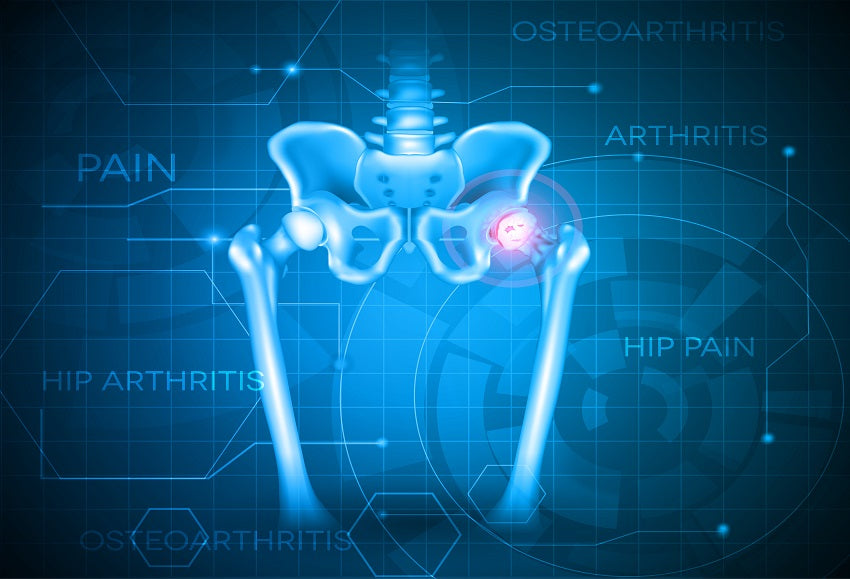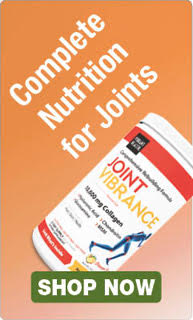It’s not uncommon for us to blame the weather when we suffer pain in our joints. How many times have we uttered ‘This cold and wind is no good for my bones’?
As a matter of fact, the weather tends to take the flak for numerous health complaints – not just severe joint pain, cold and flu but insomnia, fatigue and depression.
Two new studies from Australia, however, suggest changes in weather are not to blame for intermittent joint pain and flare-ups.
Is Bad Weather Causing You Pain?
The dyad of studies, which were conducted by the George Institute for Global Health at the University of Sydney, tried to find a correlation between subjects’ reports of pain and weather data gathered by the Australian Bureau of Meteorology.
Their conclusion was that no link existed between the weather and reports of – in this instance – lower back pain and knee arthritis.
Factors such as air pressure, precipitation, wind speed and humidity appeared to have no effect on back pain in a study of 1,000 people published last month in the Pain Medicine journal. Researchers compared weather data from the week when the subjects reported back pain with data from a month earlier, when they had been pain-free.
The same was true of the arthritis study, in which 350 subjects participated. Although the study period was only three months (as opposed to four years for the back pain study), meteorological forces were again let off the hook.
‘There is absolutely no link between pain and the weather in these conditions,’ said Chris Maher, director of the musculoskeletal division at the George Institute for Global Health.
The findings are sure to come as a shock to those of us (and there are many) who angrily shake our fist at the empyrean whenever we suffer from a seemingly undiagnosable bout of pain. Severe joint pain is, in many minds, inextricably linked to the vagaries of weather.
But Don't Dropping Temperatures Affect Arthritis?
Perhaps further studies are needed before the picture becomes clearer. After all, we shouldn’t forget the 2007 Tufts University study, which showed that every 10-degree drop in temperature corresponded with an incremental spike in arthritis pain.
Nor the widely held belief that barometric pressure – the weight of the atmosphere – has a bearing on joint pain. Barometric pressure is known to drop before bad weather strikes; lower air pressure is thought to allow tissues to expand, thereby putting pressure on the joint.
How to Keep Joints Healthy
Ultimately a consensus on whether the weather worsens severe joint pain – or any other pain – eludes us.
For now, mixed conclusions are all we have to rely on. If you want to avoid joint pain, you should endeavour to maintain a healthy lifestyle, favour low-impact exercise (cycle, don’t run; swim, don’t climb) and be sure to stretch daily or at least three times per week. You could also benefit from incorporating a supplement like Joint Vibrance into your diet.
As we age, chondrocyte (cartilage-building cells) activity slows and our tissue becomes less able to maintain homeostasis, leading to pressure on the joints. Joint Vibrance has been specifically engineered to address this problem, supplying chondrocytes with beneficial nutrients – nutrients that are essential for the construction of new cartilage.
Its high collagen content also works in concert with cartilage to promote the health of the joint, while a number of additional ingredients provide anti-inflammatory and antioxidant effects. These include curcuminoids, grape seed extract and boswellia extract.
Joint Vibrance is available in powder form, which is easily mixed with water or juice, and also tablets. While blaming the weather for severe joint pain might release some frustration, it doesn’t help with pain relief. The aim should be to support your joints and improve flexibility rather than accepting pain as ‘just the way it is.’
In creating Joint Vibrance, our long-time suppliers Vibrant Health have employed valuable ingredients to help you enhance joint health.
Of course, there are other supplements for joint and bone health you might wish to consider. We have received great feedback, in particular, from customers who have used UnoCardio 1000 (high-strength fish oil + high-strength vitamin D) and Maximized Turmeric 46x. You might also consider using magnesium oil for arthritis. Our blog has all the details – just hit the last link.
An Encouraging New Development
Speaking of joints, scientists at Oxford University have recently created the first 3D model of human joints, which sheds light on how typical medical complaints have arisen over the years.
Researchers scanned 224 bone specimens to generate 3D computer models and reckon the information will enable them to anticipate future problems based on lifestyle and genetic changes.
Who knows, maybe severe joint pain will soon be a thing of the past. Till then, we should all do what we can to stay active, flexible and healthy.




























Leave a comment